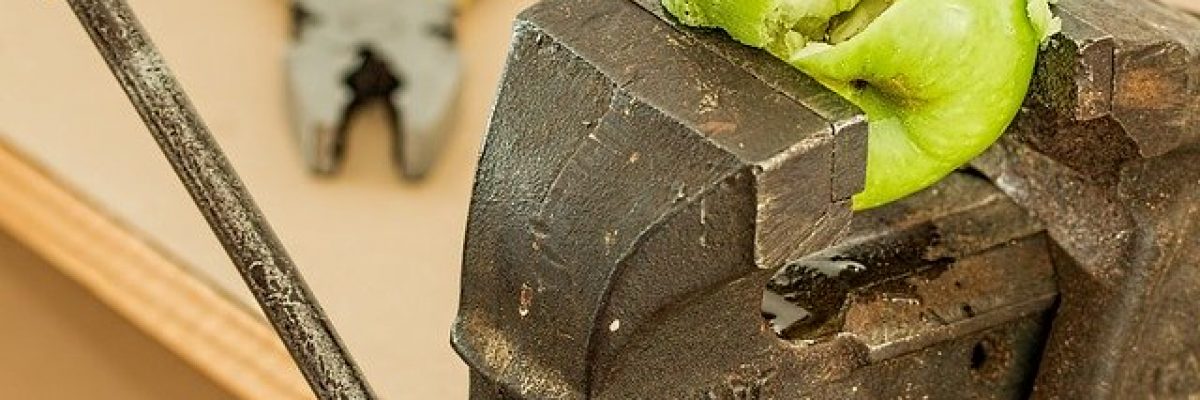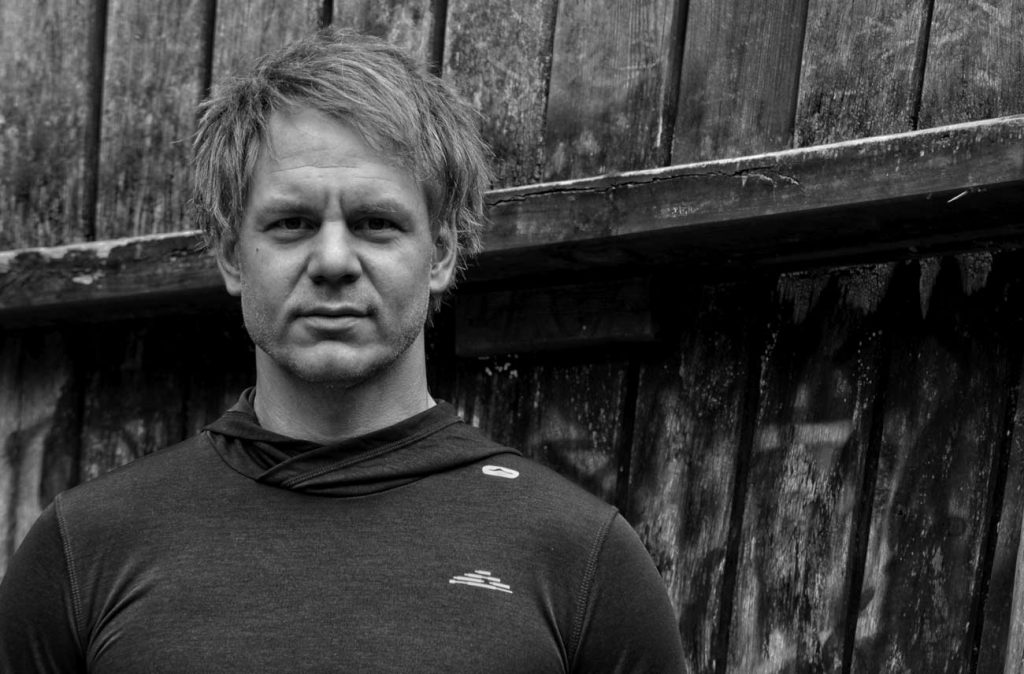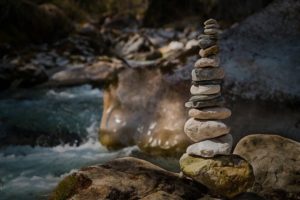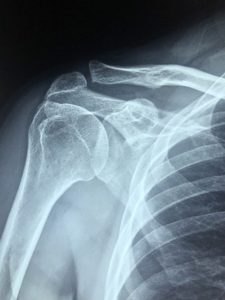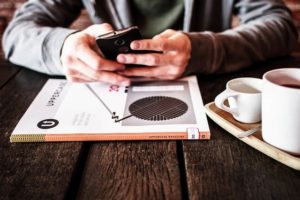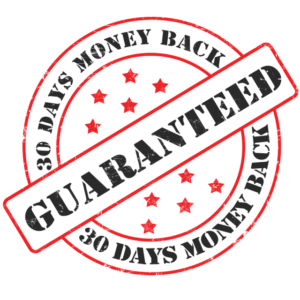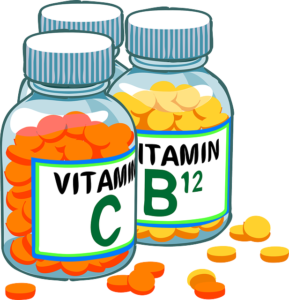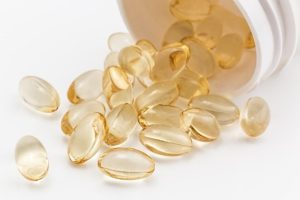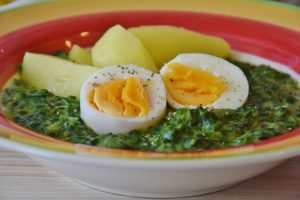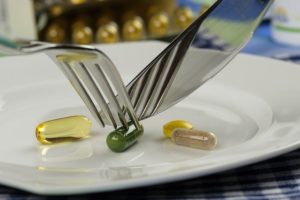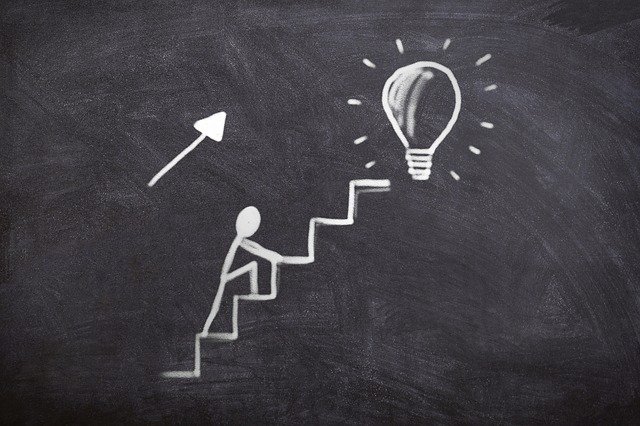The pain relieving expert explains: Arthrosis is curable. The cartilage can be formed again.
The widespread view is that osteoarthritis is incurable. Why is that? It is said that the body cannot rebuild the joint cartilage. The consequence is then: delay the wear and tear of the joint, suppress the parallel pain with medication and as a final result an artificial joint. And this is why you have pain.
How does a doctor arrive at this assumption? When the doctor takes an X-ray, he can see that the joint space is too small and that there may have been bone growths. Is viewable that the cartilage is heavily worn. A doctor usually does not see images in which the joint space has widened again and new cartilage is being formed.
If the pain subsides, there is no need to see a doctor – so it makes sense for the doctor to make the diagnosis. And why the cartilage is worn, this must be the reason for the pain. A doctor can only see what is currently there, but not the process leading to this condition. This is why treatments are still being developed that cannot permanently eliminate the wear and tear and the pain. The basis is, after all, a false assumption about the causes of osteoarthritis. Makes sense at first, doesn’t it?
If you have the opportunity to talk to doctors who install artificial joints, one of the things they report is that a lot of force is needed to get the joints apart at all. Because the joints are pressed together so tightly. What happens if the pressure in the joint is greater than physiologically intended? The cartilage is crushed and because the pressure is so great, the breakdown exceeds the repair process.
That makes sense again, doesn’t it?
Recent studies confirm the view that when the pressure in the joint is reduced, the cartilage rebuilds. The joint space must therefore be widened again. The pressure decreases and cartilage is rebuilt. And yes – this still works at an advanced age.
And now the question: ![]() How can the joint space be enlarged again? By normalising the contact pressure in the joint again. Basically it is quite simple. How can the regeneration of cartilage be stimulated again? This happens automatically when the biologically unbearable pressure in the joint is reduced.
How can the joint space be enlarged again? By normalising the contact pressure in the joint again. Basically it is quite simple. How can the regeneration of cartilage be stimulated again? This happens automatically when the biologically unbearable pressure in the joint is reduced.
I´ve seen X-ray pictures, from different persons that looks the same. On the picture both have obviously arthrosis. But one person have pain, the other person havn´t. I can only recommend that anyone who has been diagnosed with osteoarthritis and feels helpless, should try my technique at least once. The experiences of my clients speak for themselves.
If you are still sceptical, I probably would be too, if I only knew the common explanatory model for osteoarthritis, ![]() ask yourself the question:
ask yourself the question:
What can happen in the worst case? In the worst case, arthrosis is still present. In the best case, it is a way out.
By the way, new appointments are possible again.
I am looking forward to your feedback.
Stay strong.
Matti

